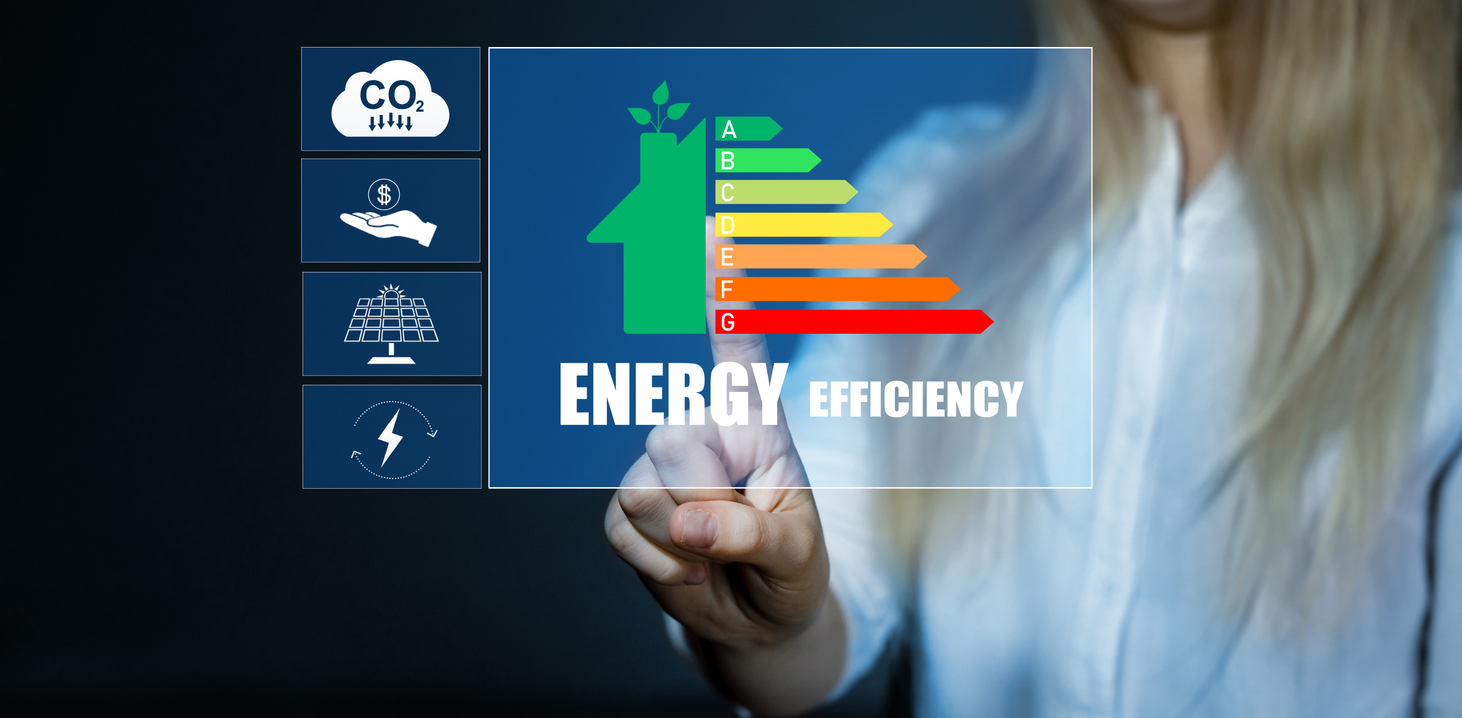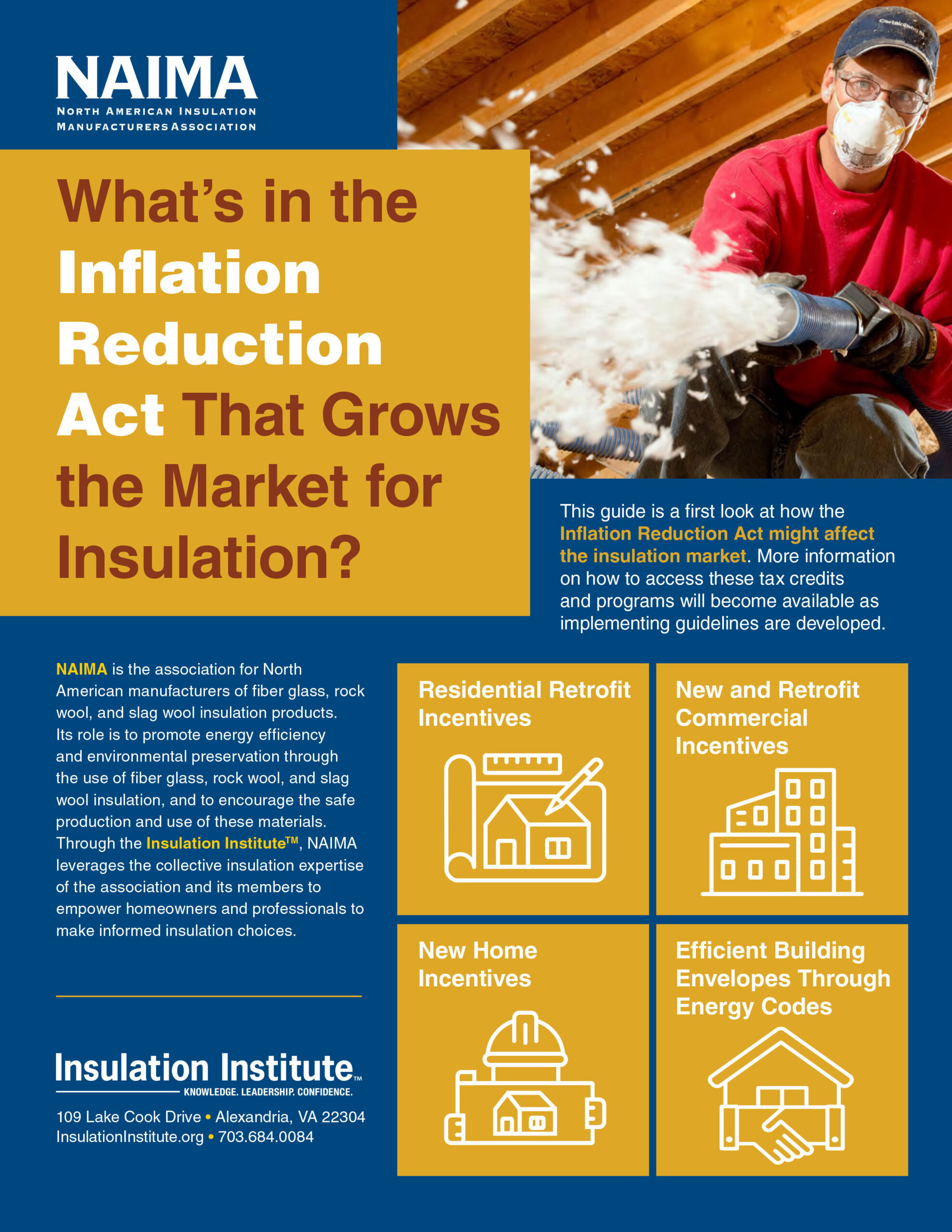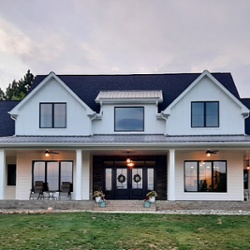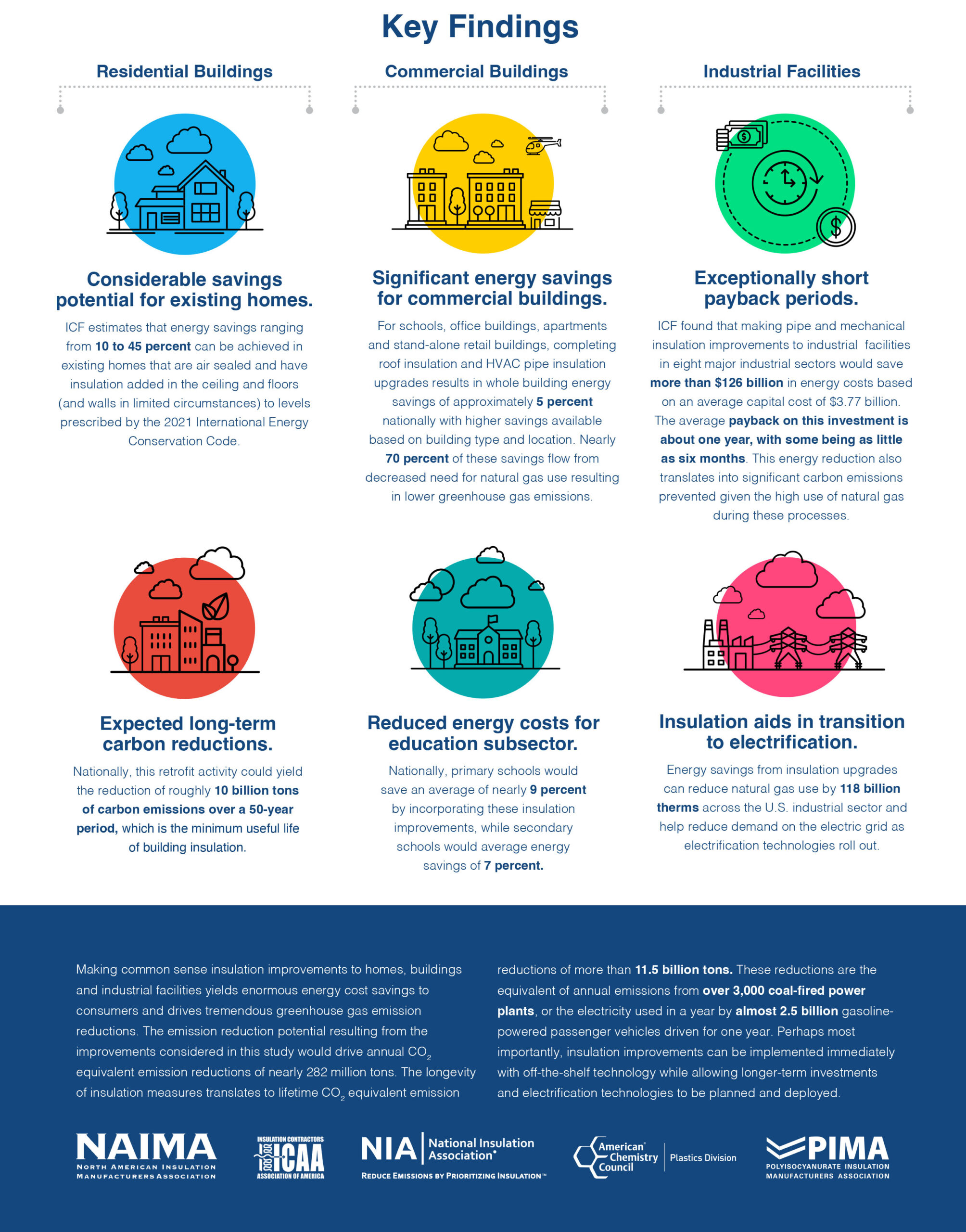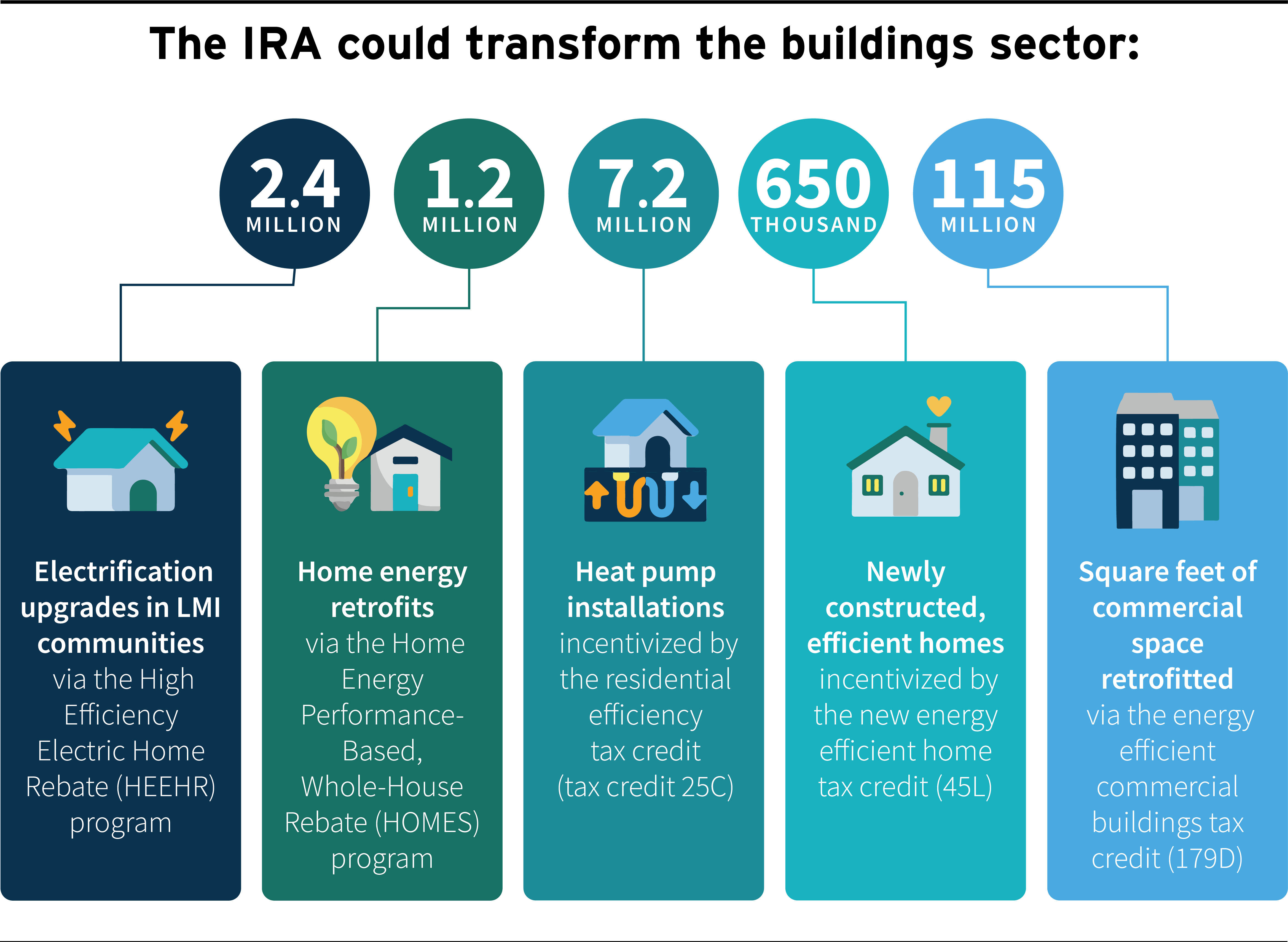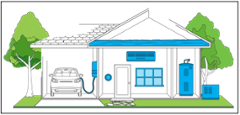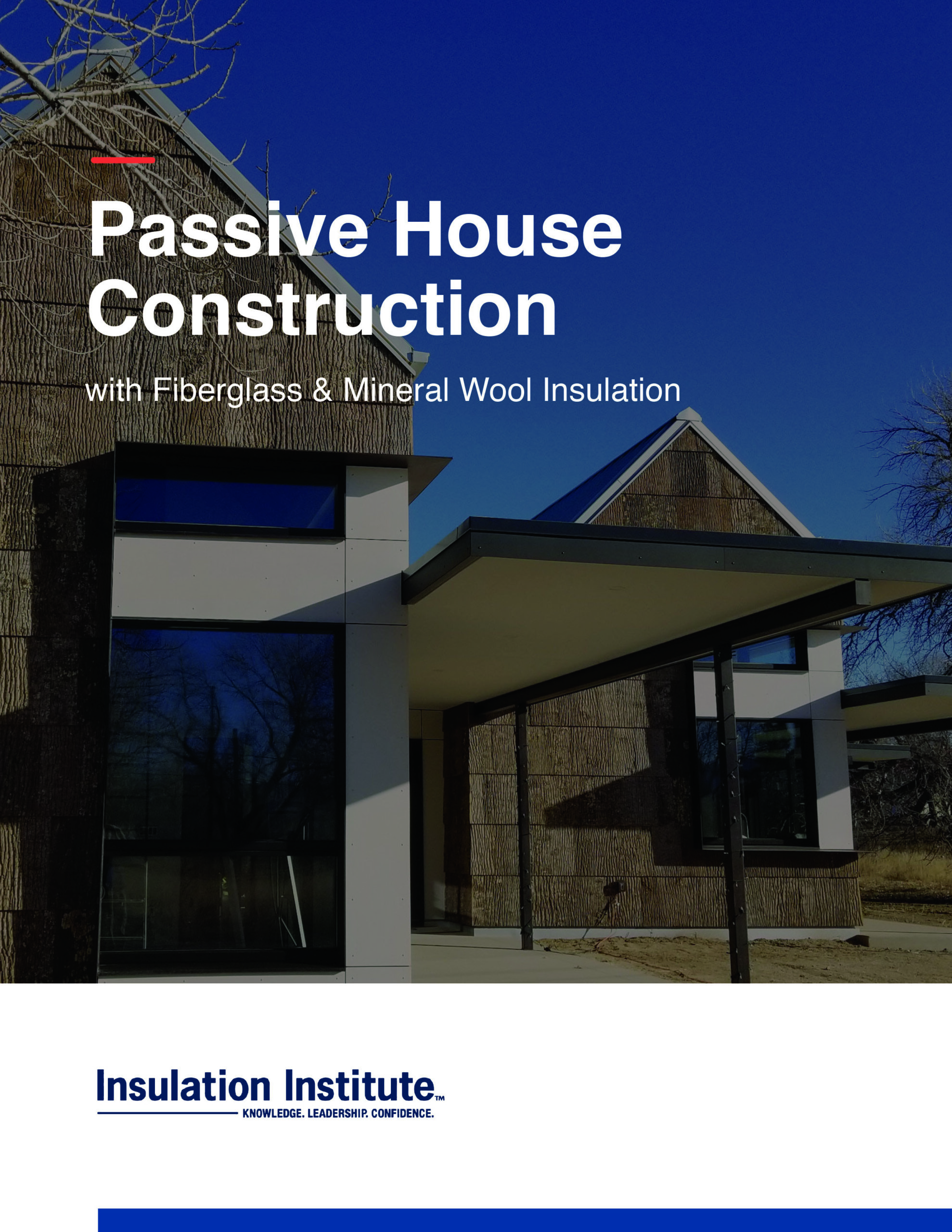On Wednesday, the U.S. Department of Energy (DOE) announced that $9 billion in funding will be available for states and Tribes from the Inflation Reduction Act (IRA) for consumer home energy rebate programs. This funding will allow communities to make homes more energy efficient, upgrade to electric appliances, and make other improvements, such as increasing insulation levels, to reduce energy use.
Details »Insulation Institute Blog
Posts Categorized: Energy Efficiency
Ekotrope Spots $160M Missed Opportunity for Builders
A new analysis from Ekotrope, the leading provider of home energy rating software, shows U.S. home builders might leave money on the table. Ekotrope software is used to generate energy efficiency insights for one in four U.S. homes. Its analysis concludes that if the homes built this year were slightly more energy efficient, builders could claim more than $160 million in projected tax credits under the Inflation Reduction Act’s (IRA) builder tax credit (45L).
Details »Rule Your Attic Kicks Off Next Week
The U.S. Environmental Protection Agency’s (EPA) ENERGY STAR annual “Rule Your Attic” campaign kicks off on Monday, October 17. The annual campaign encourages homeowners to go into their attic, check their insulation levels, and air seal and insulate if needed. Most homes will need to add insulation as 9 out of 10 U.S. homes are under-insulated.
Details »New: Fact Sheet on Inflation Reduction Act Provisions
NAIMA has produced a fact sheet summarizing the energy efficiency tax credits and programs included in the Inflation Reduction Act (IRA). The IRA offers billions of dollars in incentives for improving building energy efficiency to address climate change, including tax credits and incentives for new construction residential properties, existing home retrofits, and new and existing commercial buildings.
Details »NC Builder Scores Fifth Innovation Award
Home Builder Shawn Jessup, owner of S. D. Jessup Construction, Inc., is now a five-time winner of a DOE Housing Innovation Award, recognizing forward-thinking builders constructing energy-efficient homes on the path to Net Zero. Having accomplished this feat first in 2017 and for the past four consecutive years, that puts him in rare company.
Details »New Study Details Enormous Insulation Retrofit Benefits
IRA Seeks to Transform the Building Sector
The newly passed Inflation Reduction Act (IRA) incentivizes increasing energy efficiency to decarbonize the built environment and fight climate change. All totaled, the law invests $50 billion into clean energy technologies and improvements that can lower home energy bills and make homes healthier and safer while significantly reducing climate pollution.
Details »New Release: Advanced Framing with Fiberglass & Mineral Wool
Lumber costs have skyrocketed in recent years. In addition, more stringent building energy efficiency requirements mean more builders are interested in advanced framing. The key to advanced framing success lies in the details for areas like corners, wall intersections, and around windows.
Details »6 Fixes for an Energy Star Home Upgrade
This past Spring, the U.S. Environmental Protection Agency’s ENERGY STAR Program launched a new initiative, the ENERGY STAR Home Upgrade, targeting six high-impact energy efficiency improvements for existing homes to cut energy use and cost. These fixes will also improve home comfort and lead to a cleaner, healthier home.
Details »New: Passive House Case Study
NAIMA has just released a new guide, Passive House Construction with Fiberglass and Mineral Wool Insulation. This new publication compares code-built, net zero, and passive house construction in terms of energy optimization, ultimately demonstrating that Passive House construction is the most rigorous in performance. It also presents a case study of Colorado architect Greg. D. Fisher, who constructed his own super-insulated, energy-efficient passive house in Fort Collins, CO using fiberglass and mineral wool in the home’s thermal envelope.
Details »
